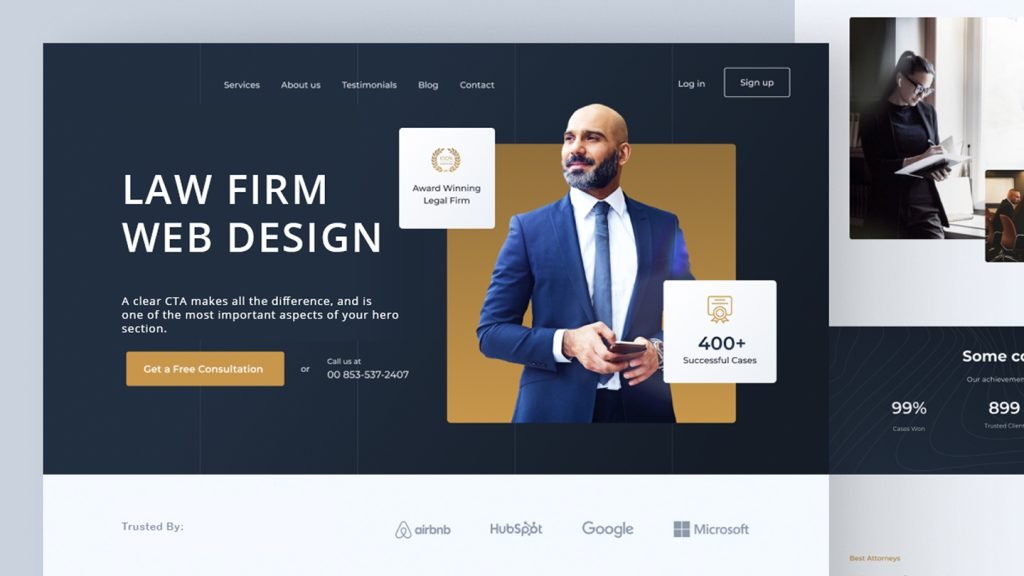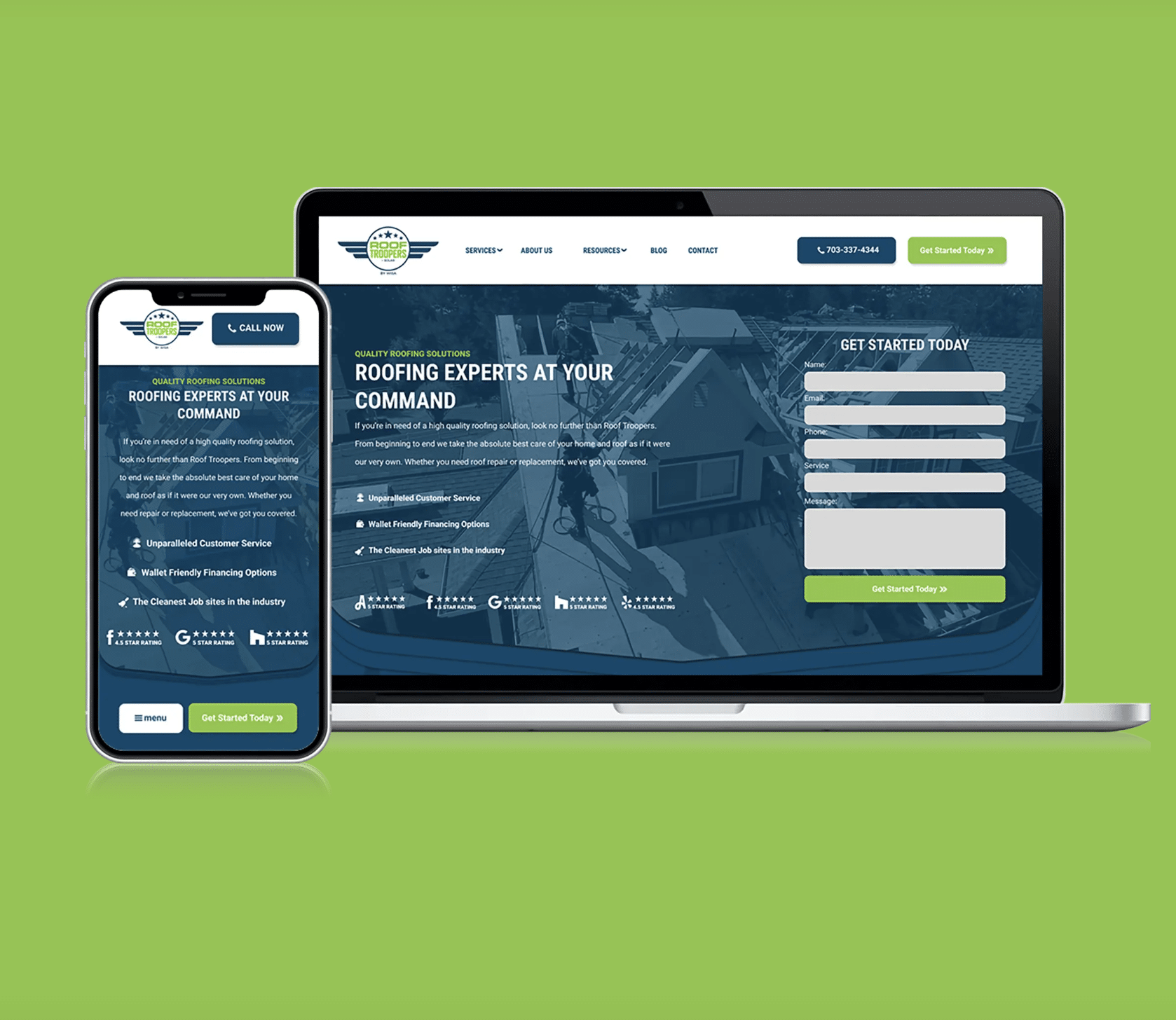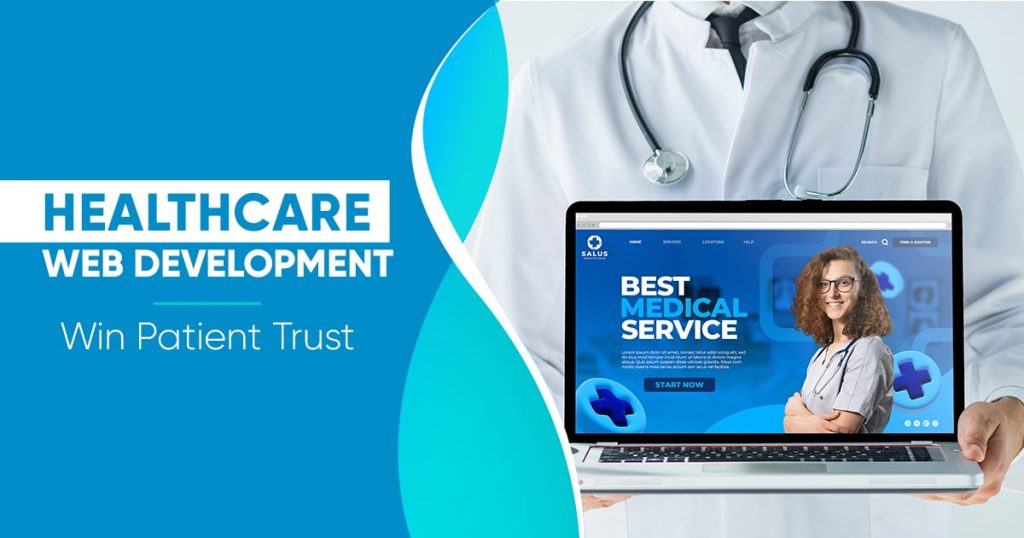In times when digital footprints are needed for businesses, a robust online presence has become important. It demands more than just a functional website – it requires one that captivates, engages, and converts. So can a full-service marketing agency supply web design that not only meets but exceeds these requirements?
Expertise in User Experience
One of the key aspects of effective website design is creating a positive user experience (UX). Full-service marketing agencies typically have UX designers who understand how to craft websites that are not only visually appealing but also user-friendly.
By prioritizing ease of navigation and optimizing for speed, these experts ensure that visitors have a smooth experience, encouraging them to stay longer and engage more deeply with the content.
Integrated Content Strategy
Content is king in the digital world, and a full-service marketing agency’s approach to website design includes a strong focus on content development.
These agencies understand that a website’s design should complement its content, making it easier for visitors to find and absorb the information they need. By aligning design with content strategy, full-service agencies can create a more cohesive and impactful online presence.
Tailored SEO Practices
Search engine optimization (SEO) is critical in ensuring that a website reaches its target audience. Full-service marketing agencies incorporate SEO principles right from the start of the website design process.
By understanding the latest algorithms and SEO tactics, these professionals can build websites that not only look great but also rank well in search results, leading to increased visibility and higher traffic volumes.
The Edge in Brand Cohesion
Branding is another area where full-service marketing agencies excel. These agencies ensure that a website’s design reflects the company’s brand identity, creating a consistent and recognizable presence across all platforms. This cohesion strengthens the brand and builds trust with the audience, an essential factor in converting visitors into customers.
Leveraging Analytics for Design Improvement
Data analytics play a crucial role in the continuous improvement of a website. Full-service marketing agencies use analytics to understand how visitors interact with a site, which pages attract more attention, and where improvements can be made. This data-driven approach allows for constant refinement of the website design, ensuring that it remains effective and relevant.
The Advantage of Comprehensive Digital Marketing
Finally, the most significant benefit of working with a full-service marketing agency is the ability to access comprehensive digital marketing services.
From social media marketing to email campaigns and beyond, these agencies provide a one-stop solution for all digital marketing needs. This synergy between web design and other marketing initiatives amplifies a company’s online marketing efforts, providing a competitive edge in the digital landscape.



